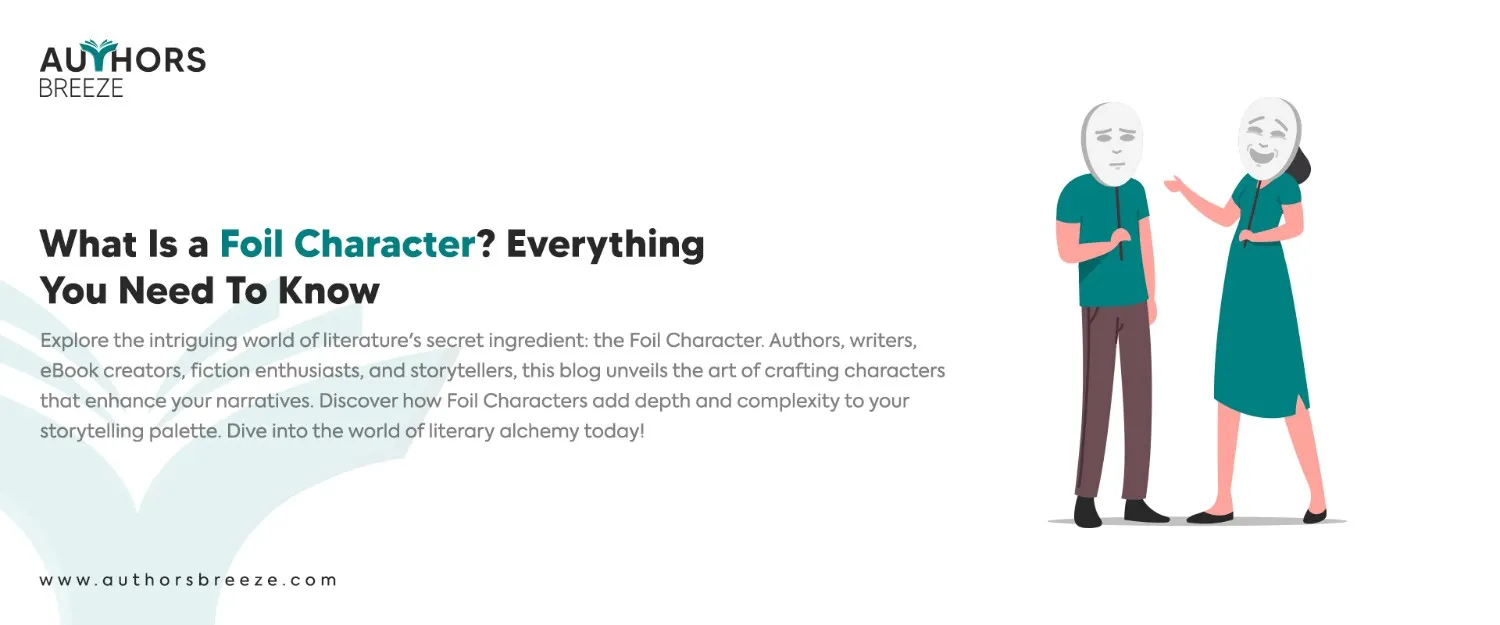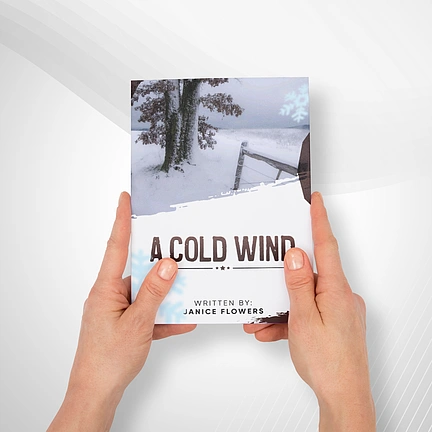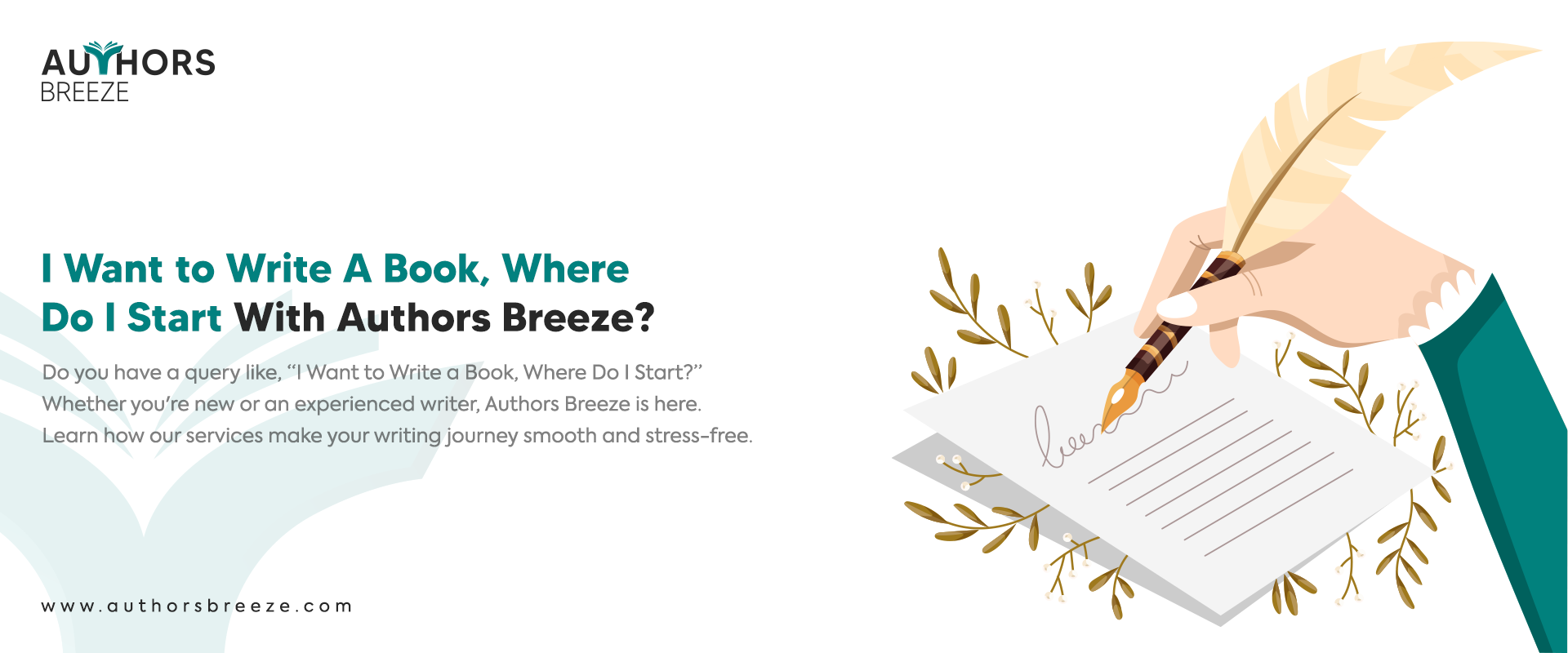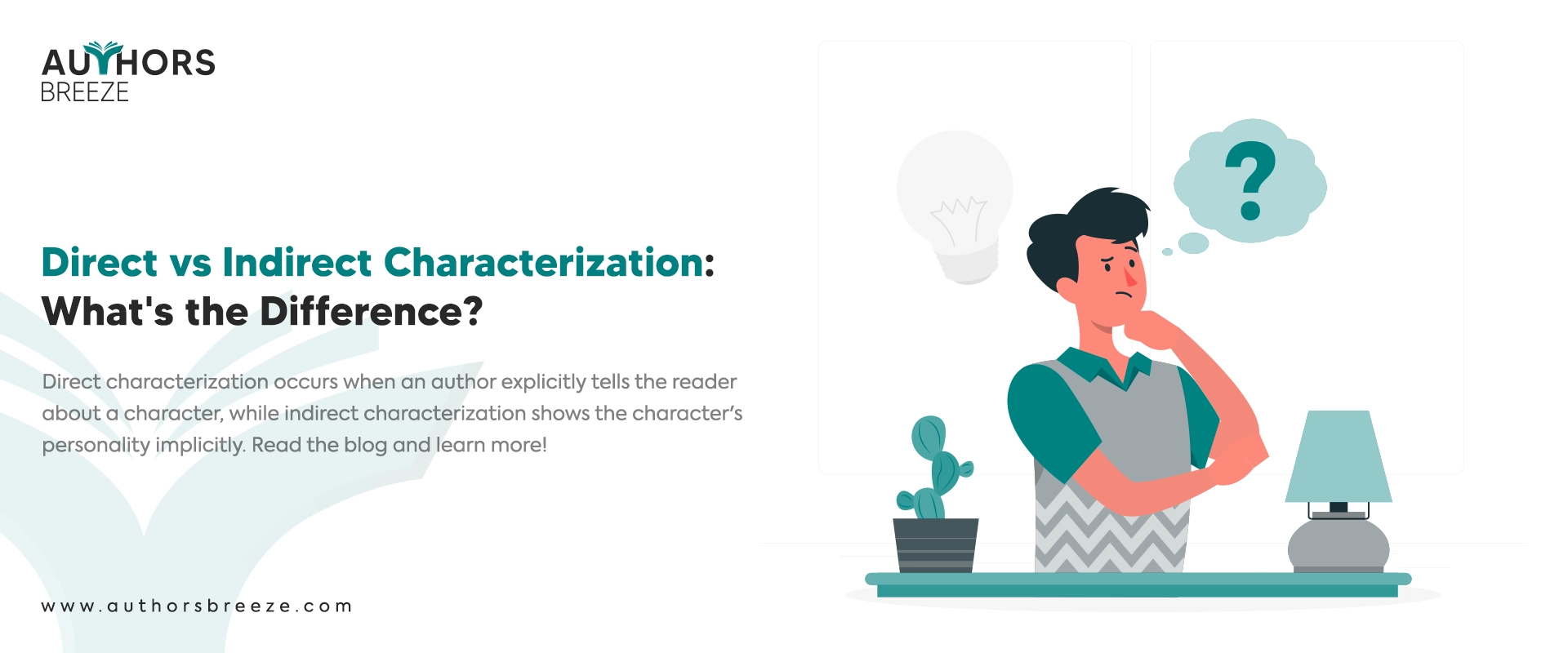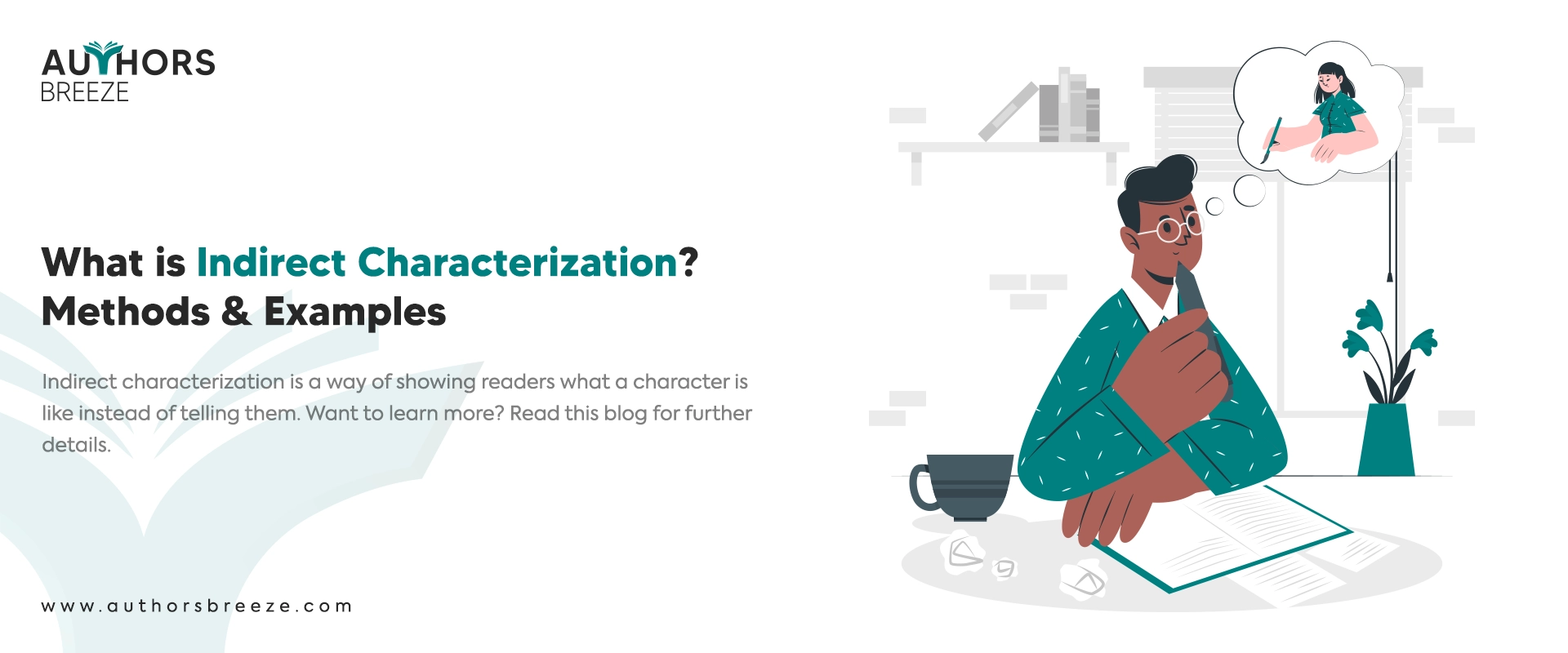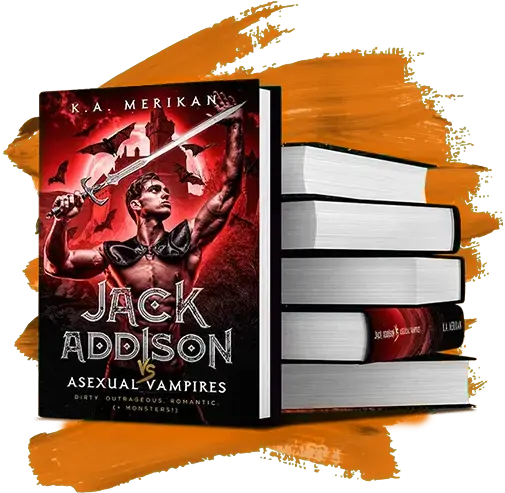Don’t Have Time to Read? Listen to this Article Instead!
A foil character is like a mirror for the main character. It can be a special friend or sometimes an enemy. Whether they play the role of a secondary protagonist, they help to show off the main character’s qualities, both good and bad.
A foil character plays the role of the spice that makes a story interesting. They add flavor and depth to the characters and the plot. In addition, they make the story more exciting and fun to read, even if they are opposite of the protagonist.
Today, in this blog post, we will look at the role of a foil character. You will learn how to use them, how they can make your stories better, and the different types of foil characters. We will also look at some famous examples from classic and modern literature.
In addition, you will get to know some tips on how to create your own compelling foil character. So, get ready and explore the fascinating world of character foils in literature with us before you write and publish a book.
What is a Foil Character?
In storytelling, a foil character is designed to contrast sharply with another, often the protagonist, to emphasize or delineate their distinct traits. While commonly seen in the antagonist, this narrative device isn’t limited to opposing figures.
Foils showcase contrasting qualities that enrich the narrative and offer deep insights into the protagonist’s character and motivations. They enhance the depth of the story and illuminate the protagonists’ qualities through direct contrast. It makes them a powerful tool in character development and plot advancement.
What is The Role of a Foil Character?
Foil characters are a storyteller’s secret weapon. They make characters more interesting, plots more exciting and help us see them in a whole new light. You should add them to your stories when you write an ebook. They’re the magic that makes stories come alive.
They Highlight Character Traits and Qualities
A character foil shifts the spotlight on the main character. They make the traits and qualities of our main characters shine. When we see two characters with opposite personalities or beliefs, it is like comparing day and night. This helps us know what the main character really stands for.
Have you ever tried peanut butter and jelly? They are different but go great together. Similarly, foils have personalities that are opposite to the main character. However, when they interact, it brings out the flavors in both.
They Advance the Plot
Foil characters are the engines that power the story forward. They provide conflicts and tension. It makes the story more exciting and unpredictable, which keeps us glued to the story.
A foil character also offers a new perspective on the main character. They create problems and challenges for the main character. It helps us see the main character better. They might criticize or admire the main character, which gives us a fresh angle to view them.
They Enhance Character Development
Plants need sunlight to glow. Similarly, the main character needs a foil character to grow, too. Foil characters challenge the protagonist to mature. They push the main character to change and become a better version of themselves. The way a caterpillar turns into a butterfly. A foil character also reveals hidden sides of the characters that we wouldn’t have known about otherwise.
Types of Foil Characters
Foil characters come in different shapes and sizes, but they all add something special to the fiction. Whether they challenge the hero’s beliefs, stand beside them, or make a big splash, foil characters make stories more exciting and enjoyable.
Protagonist vs. Antagonist Foils
Protagonists and antagonists are puzzle pieces that fit together. Antagonists challenge the beliefs of the heroes, for example, a superhero facing a supervillain. They’re like opposites in a comic book.
Supervillains make life challenging for the superhero by being a comic foil character, disagreeing with their ideas, and causing trouble. This forces the hero to think hard and become even better and solid, the way a rock turns into a gem.
Internal vs. External Foils
Some foils are inside the story. They are right there with the main character but might have different ideas or skills. It helps us see the main character in action.
Sometimes, the foil character is not even in the same story. They are outside the story. It can happen in spin-off books or when characters from one story visit another.
Minor vs. Major Foils
Minor foils add a pinch of flavor to the story. They light up the story here and there. Little foils are easy to miss, but primary foils have a huge impact on the narrative. You can not ignore them. They shape the plot and are there almost all the time and shape the plot. They have more lines, scenes, and a more prominent part to play in the story.
What is a Foil Character in Literature?
A foil character in literature acts as a contrasting figure to the main character or protagonist, emphasizing the latter’s traits through their differences. The foil’s contrasting personality traits, attributes, values, or motivations underscore or enhance the qualities of the protagonist. For example, suppose the protagonist is known for their generosity. In that case, the foil may be portrayed as selfish, enhancing the protagonist’s altruistic nature by comparison.
What is a Foil in Literature?
In literature, a foil is one of the devices from the literary devices list that provides contrast with the main character. A foil character in literature helps to highlight and showcase the characteristics and traits of the main character more effectively.
Literary Definition of a Foil Character
A literary foil is a character in a story who’s there to make another character stand out. Usually, the main ones stand out more by highlighting their traits.
Foil Character Examples in Literature
Many examples of foil characters show that they have been a powerful tool in literature for centuries. They enrich characters and stories and help readers connect with and understand the characters more deeply.
Foil Characters in Classic Literature
In classics like Shakespeare’s plays or Jane Austen’s novels, we see character foils in action. The following are great examples of foil characters from classic literature:
- Romeo and Mercutio are foil characters in Romeo and Juliet.
- Hamlet and Laertes are the foil characters in the Shakespeare play Hamlet.
- Elizabeth and Charlotte are character foils in Pride and Prejudice.
How are Romeo and Mercutio Foils?
We see the romantic Romeo and the fun-loving Mercutio as the foils in Romeo and Juliet. Romeo and Mercutio fit together perfectly but in entirely opposite ways. Romeo is all about love, drama, and flirting with a twinkle in his eye. He’s a hopeless romantic and always chasing what his heart desires.
On the other hand, Mercutio is the complete opposite. He’s the jokester of the group, always cracking wise and steering clear of anything romantic. In fact, he’s more of an anti-romantic kind of guy, not interested in love at all.
So, you could say Mercutio is the dramatic foil because Romeo is head over heels in love. At the same time, Mercutio couldn’t care less about it.
How is Laertes a Foil to Hamlet?
The foils in Hamlet are Hamlet and Laertes. Hamlet is thoughtful and cautious. On the other hand, Laertes is quick to act. They show us two ways of how to handle the challenges of life.
Laertes is a mirror that reflects Hamlet’s flaws and true character. Hamlet tends to overthink things and has a somewhat indifferent approach to seeking revenge. In contrast, Laertes is impulsive and shows no remorse for his actions.
These differences highlight Hamlet’s tragic flaws and bring out his real nature. Laertes’ quick decisions and unapologetic behavior serve as a sharp contrast to Hamlet’s hesitation and contemplation, making their characters stand out in the story.
Foil Characters in Modern Literature
Modern authors, for example, J.K. Rowling in “Harry Potter” or Suzanne Collins in “The Hunger Games,” use foil characters to spice up their stories. The following are the perfect examples of foil characters from modern literature:
Harry Potter and Draco Malfoy are foil characters in the Harry Potter series
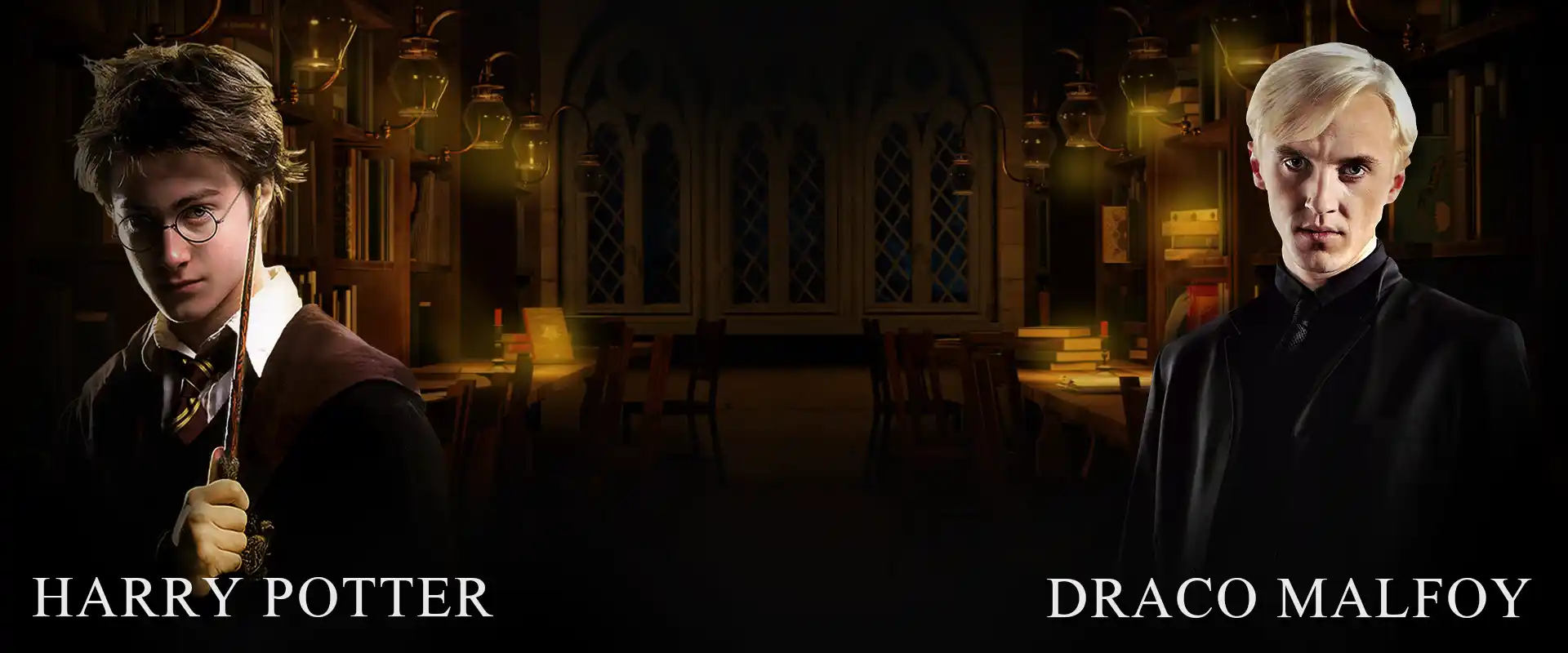
Katniss and Peeta are foil characters in Hunger Games novels.

Foil Character Examples in Movies and TV
In Film and TV, writers use foil characters to highlight the contrasting qualities, beliefs, and actions of main characters. It enriches the narrative and character development in movies and TV series. The following are the classic examples of foil characters in TV and Movies:
Sherlock Holmes and Dr John Watson are the foil characters from the Sherlock Holmes TV series.

Beast and Gaston are the foil characters from the 1991 film Beauty and The Beast.
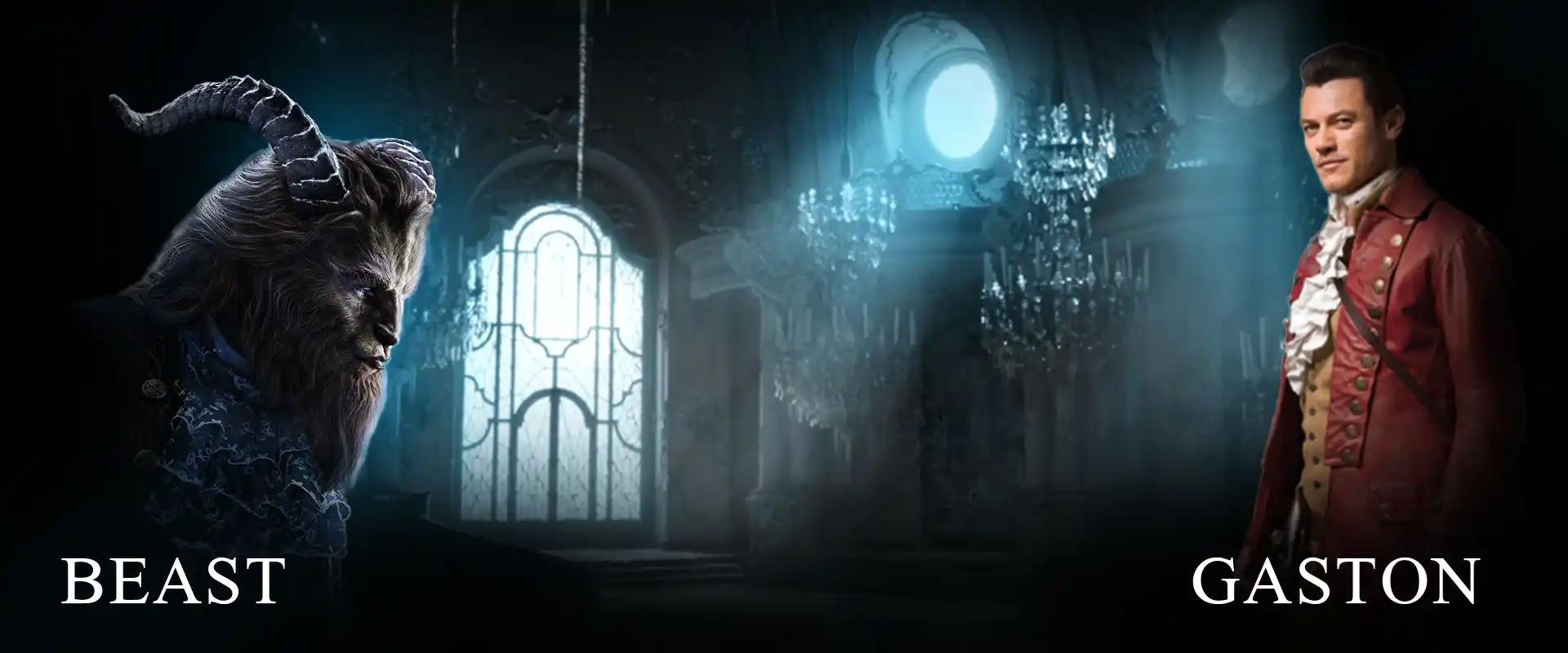
So, the next time you write a book, you should include these kinds of clever foil characters that make your story come alive.
Looking For The Expertise To Write An Effective Foil Character?
Don’t know how to use a foil character in your writing? Our unmatched ebook writing services help you create exciting foil characters for your stories.
How to Create Effective Character Foils?
If you want to create a compelling foil character, you need to develop a memorable character. The more you understand your characters and their differences, the more vibrant your story becomes.
Understand Your Characters Deeply
You need to know your character inside out to create a foil character. For example, its dreams, fears, and secrets. Ask yourself:
- What makes them tick?
- What are their dreams, fears, and secrets?
In order to write a great story, you must develop complex and multifaceted foil characters, characters that come with many layers. The more layers you add, the more attractive your foil character becomes.
Suppose you want to create effective foils. In that case, choose traits or qualities that are opposites. If your main character is brave, their foil character could be timid. If one is organized, the other can be messy. The contrast makes your characters stand out.
Craft Compelling Interactions
Put your foil characters in situations where their differences shine. Make them talk and act in ways that show who they are. For instance, make a neat character that shares a room with a messy one. Let’s say you are writing comedy. The humor will come from their clashes.
Balance Subtlety and Depth
Your foils should be more than just a cardboard cutout. Do not make them one-dimensional. Give them their own dreams, fears, and quirks. Create foils with depth. It makes them flavorful and intriguing.
Make sure your foils have a backstory and reasons for their behavior. Maybe the timid character is that way because of a past trauma. When reading your story, readers should discover the layers of your character like a mystery. Each clue adds depth to the story.
Suppose you want to create influential foil characters in literature. In that case, craft characters who contrast with one another in meaningful ways. It enhances the depth and complexity of a story.
To achieve this, writers must pay close attention to characterization. So, what does characterization mean? Characterization is the process where writers develop and reveal a character’s traits, personality, beliefs, and motivations.
Pro Tip
“You should choose morally grey characters as a foil for the main character. It will help you show the contrast between different aspects, such as personalities, beliefs, intentions, actions, or story events. This duality adds depth and complexity to the story.”
Common Mistakes to Avoid
If you avoid some of the common mistakes, you can create foil characters that can enhance your story, surprise your readers, and keep them engaged from beginning to end.
Do not Make Foils Too Obvious or Stereotypical
One common mistake that writers make is that they create foils that are too obvious or stereotypical. When foils are too predictable, they can make the story feel flat and uninteresting. Instead, aim for subtlety. Think about real people. They have quirks and contradictions.
Make your foils surprising and unique. If you have a brave leading character, don’t give them a foil who is simply a scaredy-cat. Mix it up. Make the foil character bold in a different way that stands up for their beliefs.
Do not Neglect Character Development for the Foil Character
In storytelling, if you forget to develop your foil characters, it is the same as you miss the sugar in your cookie dough. Foils should be more than just tools to contrast with the main character. They deserve their own growth and story arcs.
Avoid this mistake by giving your foils depth. Show their journey, their challenges, and how they change throughout the story. It adds layers to your narrative and makes readers care about all the characters, not just the protagonist.
Avoid Overusing Foils in a Single Narrative
If you eat your favorite meal every day, it might lose its charm. Similarly, if you overuse character foils, it can lead to storytelling fatigue. The story can overwhelm and confuse the readers if every character is a foil.
To avoid this pitfall, use foils strategically. Focus on a couple of key characters who play a major role in the plot and character development. Don’t overdo it by making everyone a foil character. Balance is the key if you want to deliver a narrative that satisfies everyone.
Additional Tip:
Need help crafting foil characters in your story, our ebook writing services just do that for you. Hire our expert writers and forget all your worries. With our assistance and guidance, you can write an ebook that can do wonders.
FAQs
What is an example of a Foil Character Movie?
Writers often employ foil characters in movies to reveal the qualities of other characters. For instance, consider Draco Malfoy in the Harry Potter series. He contrasts with Harry and embodies the opposite traits. It showcases Harry's kindness and compassion.
What is a Foil Character in Disney?
A foil character in a film is usually a character who shares similarities with another character but also possesses differences. However, their primary role is often to challenge or oppose the main character or protagonist in the story.
Is a Foil Character the Opposite?
The contrasting personality of a foil character serves as a reflection of their counterpart. This literary device is simple yet powerful, as it juxtaposes two opposing characters to highlight their distinctions.
Why Do We Compare and Contrast Characters?
Authors compare and contrast characters to structure their stories. It is also a way for readers to analyze what they're reading. It helps readers comprehend the key concepts and their connections within the narrative.
What makes a good foil character?
Character foils are used to highlight the personality traits of your protagonist, including both their strengths and their flaws. You can craft characters who contrast with your main character in both negative and positive ways to create effective foils. In addition, you can shape the story arc of your foil character to parallel the journey of the hero in some manner. This approach enhances the depth and development of both characters in your story.
Conclusion
A foil character makes stories flavorful and exciting. They highlight character traits, advance the plot, and enhance character development. As an author, you should not be afraid to play with foil characters in your storytelling. Try different personalities, values, and beliefs. Let your characters interact in ways that surprise and engage your readers. Foils can turn a good story into an unforgettable one.
In the world of storytelling, character foils make stories stand out. They are stars in a night sky, each one unique and essential. If you avoid common mistakes and craft foils with depth, you can create characters that feel real and relatable. So, if you write and self-publish a book, use character foils to add depth, complexity, and excitement to your narratives. As a result, you can leave a lasting impression on your readers.

